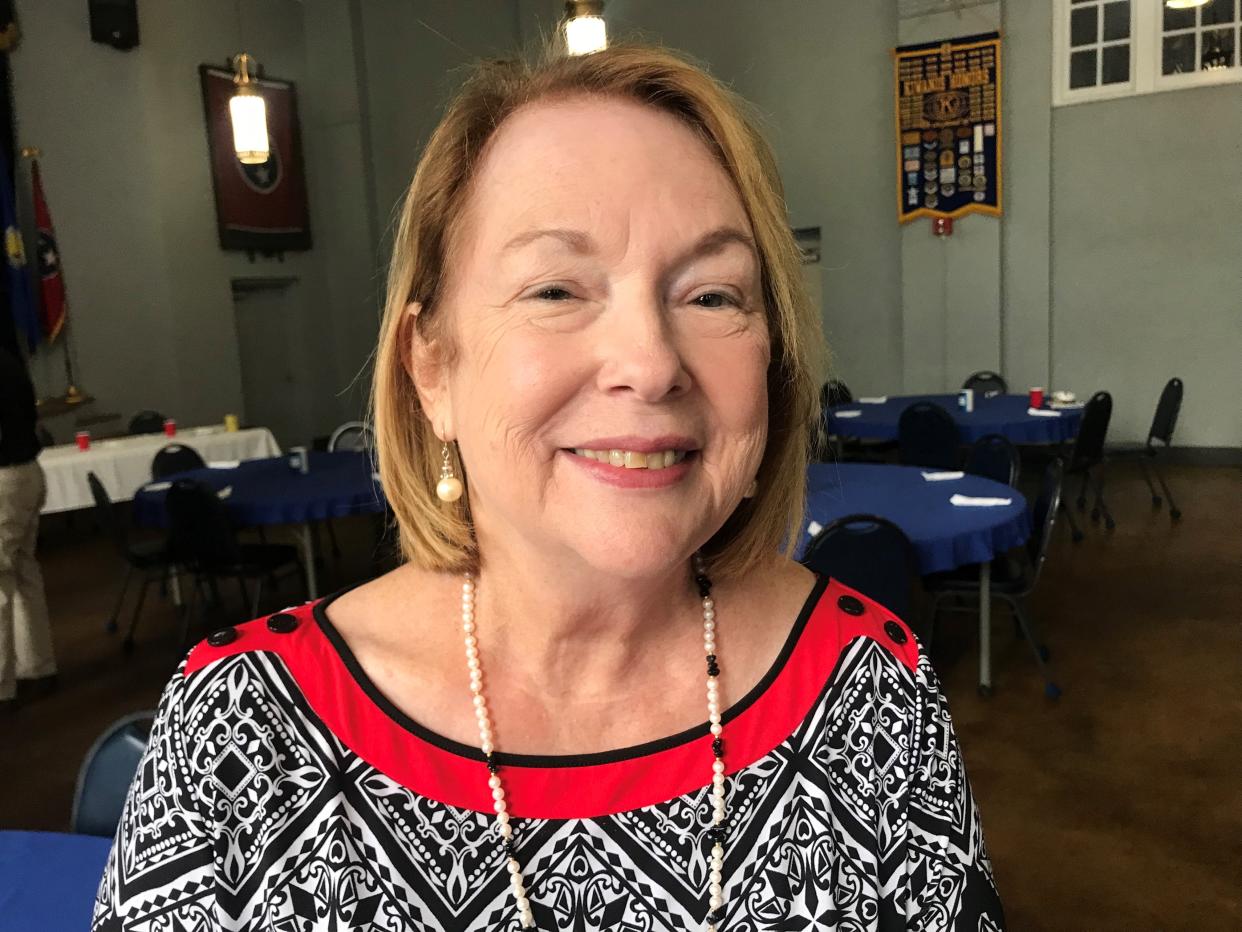Sheila Hickman: A Tale of Early Maury County

Since our County Commission is planning to construct a brand new courthouse annex where The Daily Herald once stood, it seems appropriate that we pause and reflect on the early days of Maury County including our courthouses.
Many of us who have lived here all our lives know that Maury County was founded on Nov. 16, 1807.
"History of Maury County Tennessee" by Judge William Bruce Turner reveals a lot about the early days of our county. The book discusses many of the details below.
The process actually began in August when the Tennessee General Assembly met. A petition signed by 200 people here, including members of the Polk family, was submitted for consideration. The request was granted, and Maury County became the 15th Tennessee county.
Justices of the peace were elected by the General Assembly and commissioned by Gov. John Sevier to hold office if they maintained good behavior. Also, there were appointed heads of militia for 14 districts.
The 600 square miles of our county was taken from Williamson County and Indian Lands. The Cherokee title was bought in Washington, D.C. for $10,000 plus an annual fee of $100 paid to Old Black Fox. The purchase included all the land from the Duck River to Alabama. That seems an immeasurable amount of land!
Although some settlers were already here, the population grew as word spread of the land available. Public interest in this vast territory was great because it offered good land, a healthy climate and new opportunities.
Since the population was growing, some semblance of government had to be instituted. The first court convened on Dec. 21, 1807 at Joseph Brown’s log house, which is near what is now Mooresville Pike. (There is a monument there commemorating the meeting.) At this meeting, Maury County was organized with a Court of Pleas, and Quarter Sessions. The court elected a register, a coroner, a clerk, a sheriff, a ranger, a treasurer, solicitor and constables.
The first business was the probating of William Whitson’s will produced by his widow Ann. (A copy of this will is at the archives.) The court also addressed estates that needed to be administered. By Dec. 23, 1807, a number of people were given the assignment of collecting taxes.
On March 20, 1808, and on December 19, 1808, the court met again at Joseph Brown’s house. On December 21, 1808, the court met for the first time in Columbia in a large log house on the east side of Glade Street. The court also met in a counting room and private log cabins.
The early sessions’ tasks were proving deeds, probating wills and approving new roads. A jury was to locate a road from the Smiths’ place on the Natchez Trace to the Williams’ place on Snow Creek. William McDonald was appointed as road overseer. Assessors appointed were John Douglas and James Love. Deeds were entered for record and stock marks registered. Remember that this was a time of open range for animals. Ferry licenses were issued and mills regulated.
Early days at the inn
In March 1808, Joseph Brown was licensed to keep an ordinary, an inn, and executed a bond to provide good, wholesome and clean lodging and diet for travelers. He also was required to provide stabling, hay, oats, corn, fodder or pasture as the time of year required. There was to be no gambling, and on Sunday, no one was permitted to tipple or drink more that was necessary.
Meals were 25 cents; peach brandy 25 cents per pint; lodging was 6 and ¼ cents per night; horse feed 25 cents.
In 1808, the court chose James Welch to oversee the clearing out of Market and Main Streets. Three men were appointed as patrollers for the town.
By December 1808, Sheriff John Spenser was to give 25 lashes to the bare back of a convict. Obviously, the need for a jail was necessary since some folks just cannot abide by the rules. In 1808, there were stocks on the square. Public punishment was meant to show what happened to those who ignored the laws. Until the jail was built, prisoners could not wander more than one block from the square. By 1810, a brick jail was built on Sixth Street.
In 1809 the court ordered that no person be allowed to retail spirituous liquors within 50 feet of the courthouse. The fine for such offense was $2.
The first permanent court house was a brick building erected in 1809 to 1810 by J. M. Goodloe and O. P. Nicholson. The original amount appropriated for that was $6,900. The building was 30 x 60 feet, two stories high, and it was located on the public square.
The building was eventually torn down.
Some early court cases include a man being put under $1,000 bond for challenging a person to a duel. Dueling was illegal in Tennessee. Another was fined $2 for stealing a horse. Two men were fined $2 for not appearing for jury duty. A convicted man could receive 25 lashes for petit larceny. A man was sentenced to three months in jail and 10 lashes because he could not pay court costs. Branding on the left hand with an M for murder was the sentence for a Mr. Rutledge who committed murder. Rutledge claimed that he was a clergyman and deserved clemency.
Wouldn’t you like to read those court records?
Sheila Hickman is a retired educator and product of the Maury County Schools. She has a Bachelor’s degree in English from Lipscomb and a Master’s from Peabody Vanderbilt. She returned to teach English at Columbia Central High School, her alma mater.
This article originally appeared on The Daily Herald: Sheila Hickman: A Tale of Early Maury County

